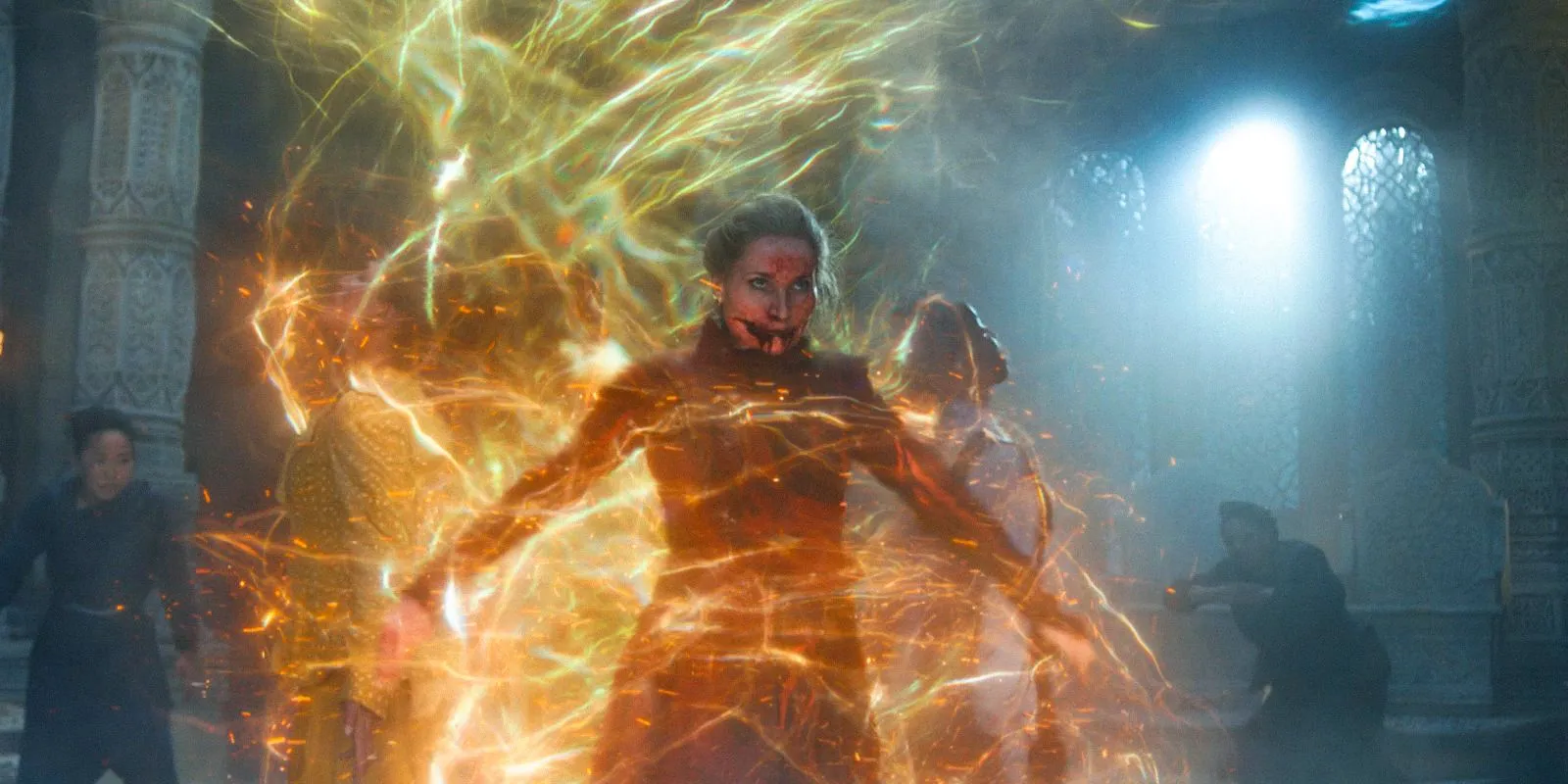The Wheel of Time series on Amazon Prime Video has taken an intriguing approach by introducing a completely new motivation for the character Liandrin, while still being informed by elements from Robert Jordan’s original books. Adapting such a cherished literary work presents significant challenges, particularly in the balance of retaining critical narratives and making adjustments for the constraints of television storytelling. While this adaptation has modified timelines and omitted considerable story arcs, it has also incorporated fresh, original ideas that have sparked mixed reactions among fans.
In episode 6 of season 3, viewers are transported nearly a hundred years back to explore Liandrin’s early life in Tanchico, where she gave birth to her son. However, her destiny shifted drastically when she encountered the Forsaken Ishamael in her dreams, who subsequently enlisted her service. This encounter catalyzed her eventual allegiance to the Dark One, leading her to embrace her role as a member of the Black Ajah. During the season premiere, she publicly severed ties with the Aes Sedai after her betrayal was revealed, escaping Tanchico alongside other members of the Black Ajah.
Liandrin’s Aspiration in Season 3
An Original Goal for Liandrin


Throughout her portrayal in The Wheel of Time, Liandrin has emerged as a significant antagonist, yet she grapples with her own inner conflicts. Season 2 highlighted her deep affection for her son, Aludran, an original character created for the series to enhance Liandrin’s complexity and relatability. However, in season 3, episode 6, it is revealed that her primary aspiration is to ascend and become one of the Forsaken, a goal that raises numerous questions regarding its practicality within the lore of the series.
Liandrin’s backstory suggests her initial allegiance to Ishamael stemmed from despair, yet she is now determined to pursue her newfound ambition. While the storyline involving her quest for the Domination Bands appears in the book The Shadow Rising, her intent to become a Forsaken is a brand-new development for the show. Specifically, she aims to capture Rand al’Thor, the Dragon Reborn, using the Domination Bands as a bargaining tool to secure her place among the Forsaken. Following Ishamael’s demise, Liandrin navigates the competing ambitions of other Forsaken who seek power.
The Feasibility of Liandrin’s Plan
Mazrim Taim’s Path to Becoming a Forsaken

Questions regarding the practicality of Liandrin’s ambition arise, particularly given that the Forsaken were chosen long ago, with only thirteen existing during the Third Age depicted in the show. However, there is a precedent in the literature. Mazrim Taim, a prominent character introduced in the novels, exemplifies that ascension to the Forsaken is indeed possible. First appearing in Lord of Chaos, Taim shows immense power as a male channeler, on par with the likes of Rand and Logain, and ultimately earns his place in the Forsaken in A Memory of Light.
Taim initially gains Rand’s trust, only to later betray him by seducing many Asha’man (the male equivalent of Aes Sedai) to the Dark One’s cause, earning him the moniker M’Hael. Liandrin’s narrative could take a similar trajectory—attempting to become a Forsaken only to face betrayal and demise.
Potential Resolutions in Liandrin’s Story Arc
Uncertain Fate in the Novels

Image via Prime Video
Liandrin is portrayed as a compelling character in Brandon Sanderson’s later novels, but her last known presence occurs in Knife of Dreams, diminishing her significance in subsequent plots. Moreover, her fate remains shrouded in mystery, as she is largely absent in the later installments. The television series appears intent on enhancing her storyline, having already made several adjustments to enrich the intrigue surrounding her character. The series may be progressing toward a long-term arc for Liandrin, even within a more condensed narrative framework.
Regardless of where the plot leads, the show’s treatment of Liandrin ensures that her conclusion will be impactful rather than leaving a void. Her transformation into a Forsaken or a meaningful demise could provide a much-needed resolution that honors her crucial role in both the early novels and the unfolding television series. The broader narrative could explore her potential fate as damane, akin to Egwene’s experience in season 2, while offering a more defined outcome for this crucial character.


